Call Now!
Torrance Office: +1 (424) 360-0155
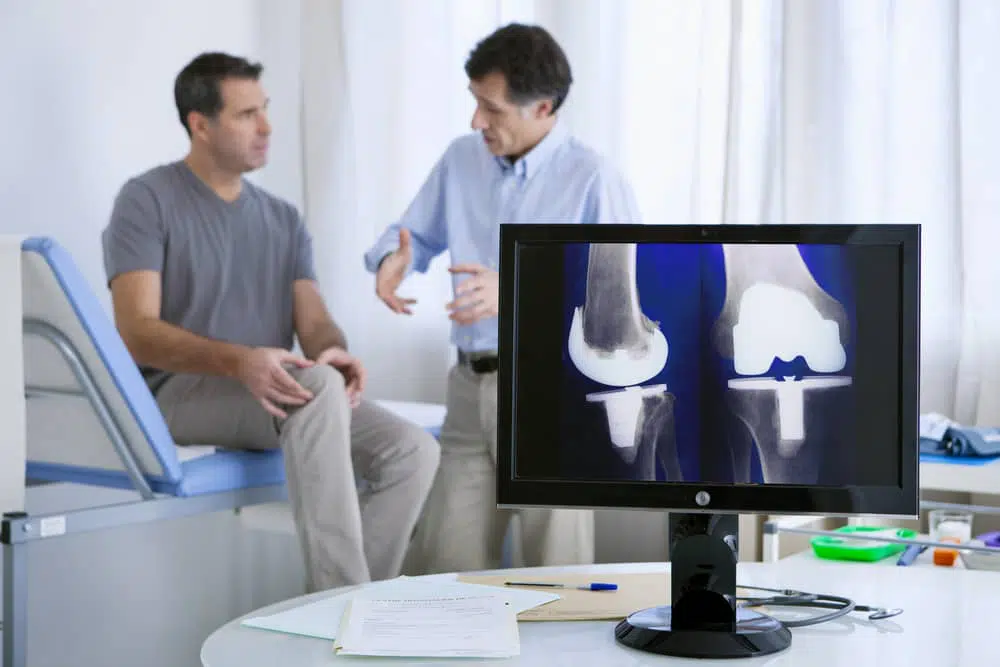
Rolling Hills Medical is an industry leader in comprehensive knee pain treatment in Torrance. As an integrated medical facility, our team of multi-disciplinary orthopedic surgeons and specialists work together to develop individualized treatment plans for each patient. Treatment for knee pain can range from conservative options to advanced surgical techniques. Our team of knee specialists will provide accurate diagnosis and offer their expert opinions for pain relief and recovery.
The knee is the largest joint in the body and is often prone to injury. Knee problems can range from minor swelling to severe pain. The most common injuries often involve fractures, dislocation, tears of surrounding tissue, or a combination of multiple injuries. Our knee specialists and sports medicine doctors have helped thousands of patients recover from a wide range of knee conditions, including:
Ligaments are tough and flexible connective tissue between bones and cartilage. There are four ligaments in the knee that are prone to injury: the ACL, LCL, MCL, and PCL. Knee ligament injuries often cause immense pain and result in decreased mobility.
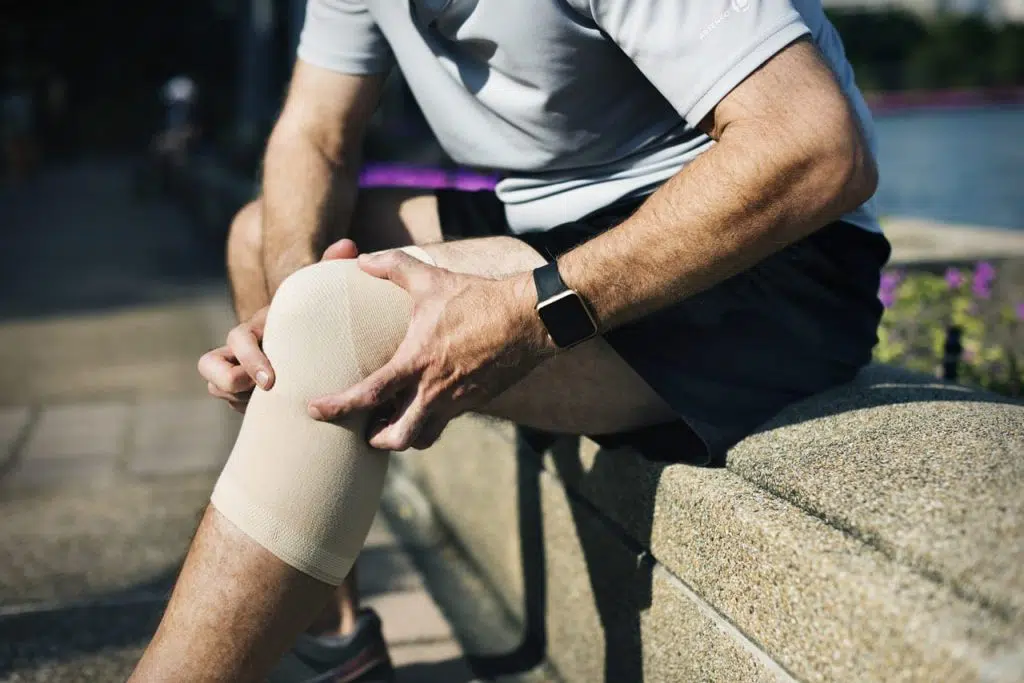
The meniscus are pieces of cartilage in the knee that act as shock absorbers for walking, running, jumping, and other movements. Meniscus tears cause popping, pain, swelling, and noises when the knee is moved. Our orthopedic specialists may recommend physical rehabilitation or minimally invasive surgeries like meniscus repairs, meniscus transplants, or other arthroscopic procedures.
Arthritis affects various joints and connective tissues in the body, including the knees. Chronic inflammation causes pain, stiffness, swelling, and limited mobility. Our team of arthritis specialists help each patient determine an appropriate treatment course, including pain injections, physical therapy, steroid injections, or arthroscopic surgery.
The bursae are fluid-filled sacs that act as cushions, with major bursae located near the largest joints. Bursitis in the knee is also known as goosefoot bursitis or Pes Anserine bursitis. The Pes Anserine bursa, located between the shin and hamstring tendons, often become inflamed due to tight muscles, excessive weight, and arthritis.
Inflammation of the kneecap and cartilage below causes chondromalacia. It’s often caused by other knee injuries and overuse, causing pain and grinding when bending the knee. Treatment may include rehabilitation or physical therapy for you knee, or minimally invasive surgical options with our experienced knee surgeons.
Patellar tendonitis is caused by tears in the tendon between the kneecap and shin bone that result in inflammation and pain. Symptoms may include discomfort, aching below the kneecap, and knee pain that worsens with movement. Our knee specialists will recommend a conservative approach for treatment first, followed by surgery, depending on effectiveness of non-surgical methods.
Dislocations of the kneecap are often caused by traumatic injury, causing a sudden change in direction and for the kneecap to completely dislodge from the groove on the thigh bone (femur). After an initial dislocation, subsequent dislocations are quite common, after the stability of the knee becomes compromised and ligaments are damaged. Prompt repositioning is required and recovery will include physical therapy and rehabilitation. Subsequent dislocations may require knee surgery to reconstruct, tighten, or loosen the surrounding ligaments.
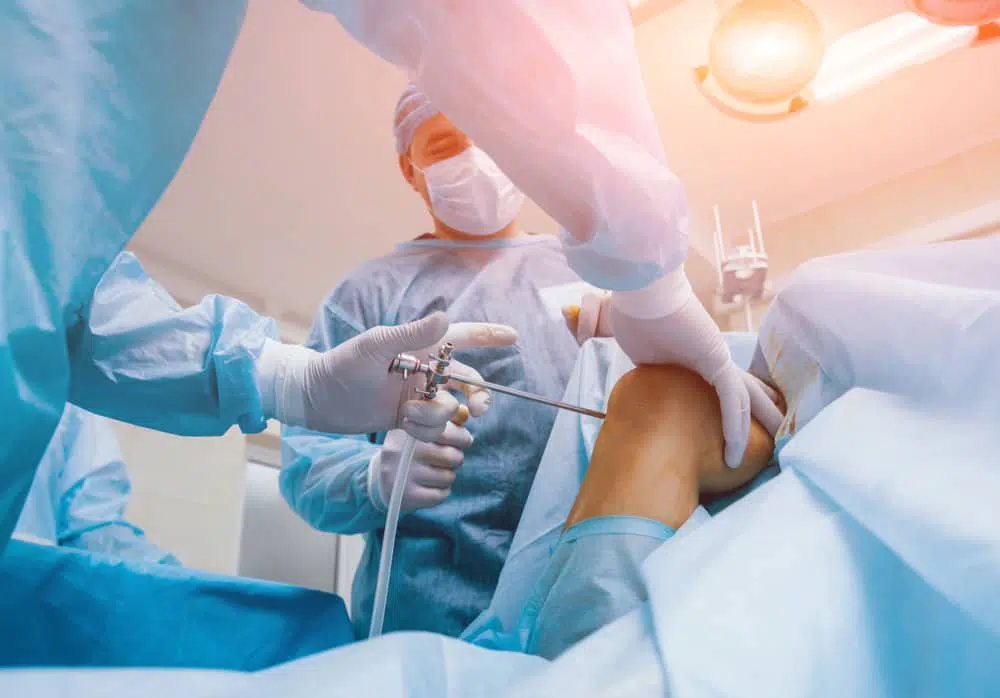
Our experienced orthopedic surgeons provide a variety of treatment options for patients suffering from a range of musculoskeletal conditions. Problems in the spine, knees, hips, and bones often present with severe pain symptoms. Rolling Hills Medical offers comprehensive orthopedic surgery options including:
Not all knee pain is serious. But when you do have a dull aching pain in the knee or a sharp stabbing pain in the joint, how do you know whether or not to see the doctor?
Because there are different ways to get knee pain, there are different reasons you will want to check in with your doctor. Some knee pain is more gradual and unavoidable, while other knee pain comes directly from injury.
If you were playing a sport, riding in a vehicle or simply doing day-to-day activities and experienced a fall or impact, then you may have a knee injury. Knees are commonly injured with hard falls, unexpected twisting, a fast change of direction , impact to the joint or a quick stop. If the knee joint is abruptly jolted, it could cause a tear in one of the supporting ligaments or surrounding muscles. After an injury, the joint may swell, show discoloration or become stiff. After a knee injury, applying ice to the impacted joint is important to reduce swelling. The joint should also be rested to stop further damage from occurring.
You will want to also schedule an appointment with a doctor for knee pain in Torrance. The doctor will help you determine the kind of injury and provide a personalized plan of action for improving the discomfort. While not all knee injuries are serious, it is important to be seen by a doctor who can ensure you don’t have a secondary injury because the first one wasn’t properly treated. With some injuries, movement is important for avoiding stiffness, while with other injuries movement could cause further damage. Your doctor can run any diagnostic tests to ensure the right steps are taken for rehabilitation and treatment. Even a simple sprain to the knee could result in further injury if it isn't properly cared for, rested and rehabilitated. So, checking in with a doctor after an injury is always recommended.
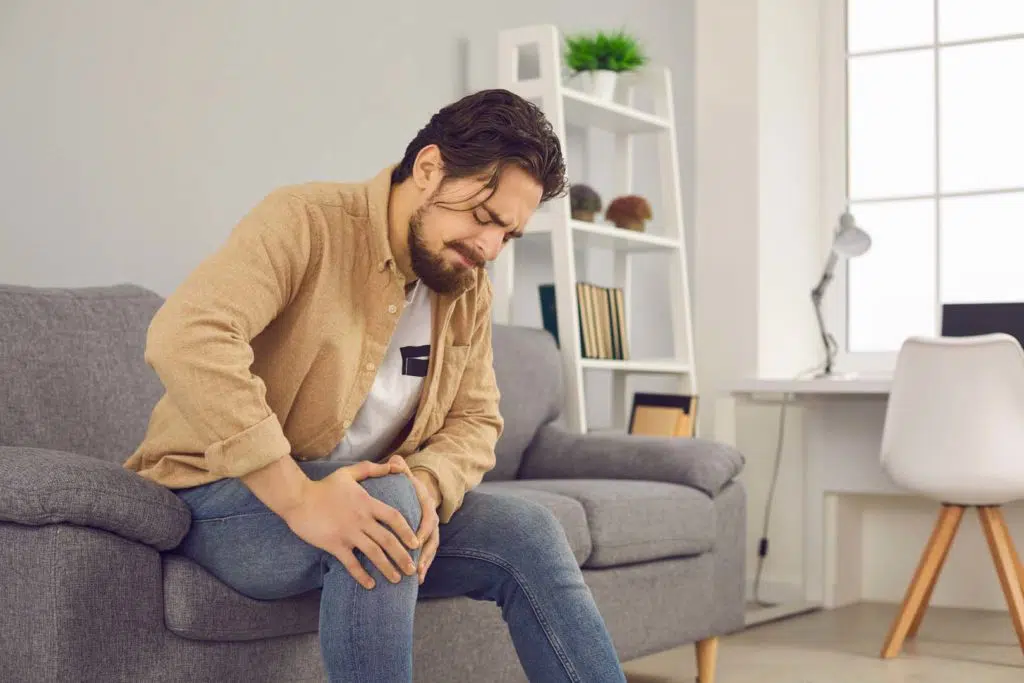
If the knee pain is gradual, it could be due to several factors that are less immediate than an injury. Weight can often contribute to knee pain, since the joints bear the weight daily. Gentle exercise, like water aerobics or low impact aerobics, can help get the body in shape without pounding on the knee joints. Stretching can help loosen tight muscles and increase the flexibility in the ligaments. Try gently stretching the muscles surrounding the knees and hips daily to improve the strength and mobility of those joints. Avoid standing on hard surfaces for long periods of time—or, if you can’t avoid standing on hard flooring, wear cushioned shoes to help take the pressure off of your ankles, knees and back. If sitting for long periods of time (like a desk or driving job), make sure you get up at least once an hour to stretch and move.
The pain in your knees could be a sign of something more serious, like arthritis or patellar tendinitis. If the pain continues to increase or worsens with daily activity or rest, see a doctor. You may need help with certain medicines or treatments to decrease the irritation in the joint. Some forms of arthritis, like gout or septic arthritis, can severely impact the joint to the point of extensive damage. Fever, chills and discoloration are all reasons to schedule an appointment with your doctor right away.
If you are looking for a Torrance knee pain treatment, contact us today. We can help you pinpoint the problem and find the best solutions for your pain or discomfort. Don’t let your knees stop you from enjoying the things you love most.
The knee is an important joint that absorbs a lot of impact on a daily basis and can commonly be a point of injury. If you are experiencing pain in your knees, determining the cause will start with defining the pain.
Knee pain may be described as:
The location of the pain is important as well:
The pain could be worsened or triggered by:
Additional symptoms might include:
Once you’ve gone through the potential list of symptoms, you can narrow down possible causes for your knee pain. See which problem most aligns with the symptoms you’ve identified with.
Sudden Injury:
Overuse:
No Apparent Cause (Triggered by Daily Activity):
You may need to see out emergency care or first aid if your knee is severely injured. Seek out immediate emergency medical care if knee pain is accompanied by:
Severe bleeding that quickly soaks through bandages (do not attempt to replace bandages, just apply more on top of the original bandages and seek help).
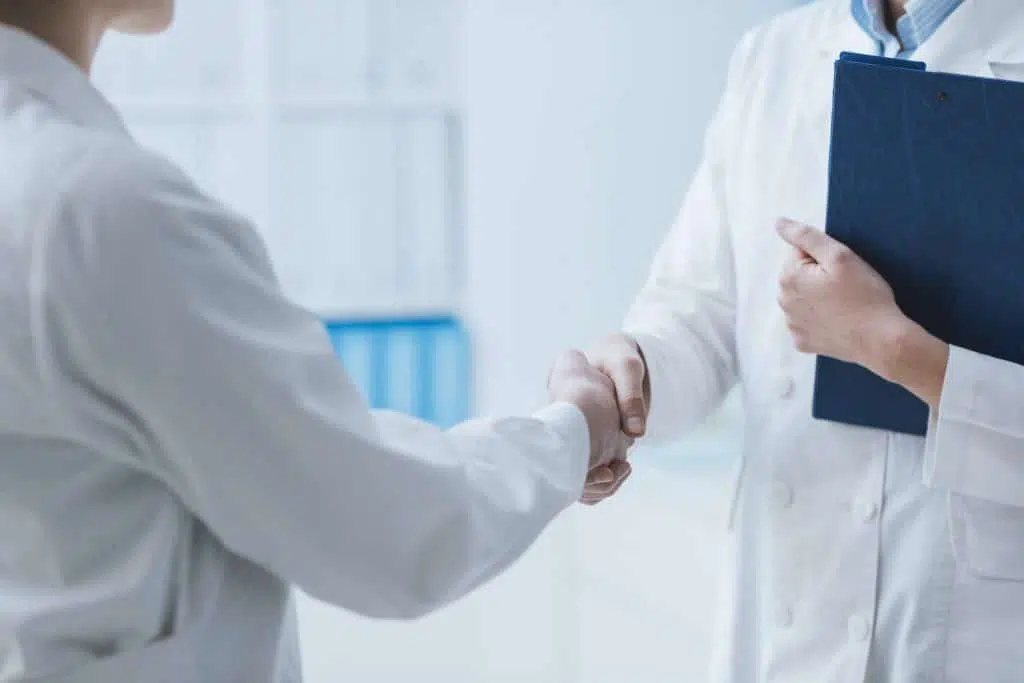
The injury may require non-emergency medical attention if the pain is accompanied by:
If you need to see a Torrance doctor for knee pain, contact us today at (424) 267-2486. Our Pain Management Doctor and Orthopedic Doctors are ready to help you. We will evaluate your symptoms and run any diagnostic tests needed to determine the best course of action for your healing journey. We offer personalized knee pain treatment in Torrance with our personalized patient treatment plans.
Our orthopedic specialists are leaders in the field, implementing cutting-edge technology and advanced orthopedic surgery techniques. Rolling Hills Medical in Torrance offers both noninvasive treatment options and minimally invasive recovery options. We offer comprehensive treatment for musculoskeletal conditions affecting all areas of the body, including advanced diagnostic, pain management, and surgical techniques
Rolling Hills Medical is a multidisciplinary practice that uses a collaborative approach to health and wellness. Our team of integrated health specialists includes chiropractors, orthopedic specialists, physical therapists and more. Together, we work with each patient to develop an individualized treatment and recovery program. Contact our orthopedic specialists in Torrance today at (424) 360-0155 for evaluation and treatment.
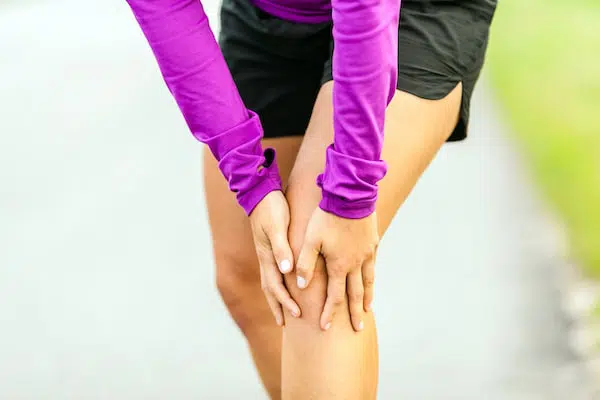
As the most used and abused joints of the body, the knees commonly suffer injuries due to overuse, wear and tear and accidents. Common injuries treated by a Torrance knee pain doctor at Rolling Hills Medical include strains and sprains to ligaments and tendons (tendonitis); meniscus tears; chondromalacia (cartilage damage); anterior cruciate ligament injury and dislocation of the kneecap. While running or jogging benefits your health, it is intensely challenging to the integrity of your knees. Many runners periodically seek treatment for knee pain when pain does not resolve itself with rest, ice, compression and elevation (RICE).
Is it normal for knees to hurt after running? That depends on what is causing the pain. For example, straining knee muscles and tendons by running too hard or too long can cause soreness. But this soreness should resolve itself with RICE. Knee pain after running that doesn't go away, worsens or is accompanied by weakness and popping noises requires knee pain treatment in Torrance.
Medial Collateral Ligament Injury
Located outside the knee joint, the MCL connects the top of the shinbone (tibia) to the bottom of the thighbone (femur). Like other ligaments, the MCL connects bones together to enhance strength and stability of joints. This ligament primarily assists the knee in pivoting and balancing. An MCL strain or tear may occur when you engage in abrupt, jerky movements such as when you suddenly pivot and mark a sharp turn while running. Putting excess force on the knee while twisting your body can also damage the MCL. When the MCL tears, you might hear a popping or tearing noise followed by knee swelling and pain.
Patellofemoral Syndrome
If the kneecap becomes misaligned and no longer rests directly on a cushion of tissue, you may hear a grinding and popping noise while running. Patellofemoral syndrome happens when the off-center kneecap is scraping against the thighbone as the knee bends or flexes. The ability of knee cartilage to absorb pressure on the knee while running decreases as it becomes thin and worn. Often called "runner's knee", patellofemoral syndrome is not just reserved for athletes. People who don't exercise or use their knees enough may develop patellofemoral syndrome.
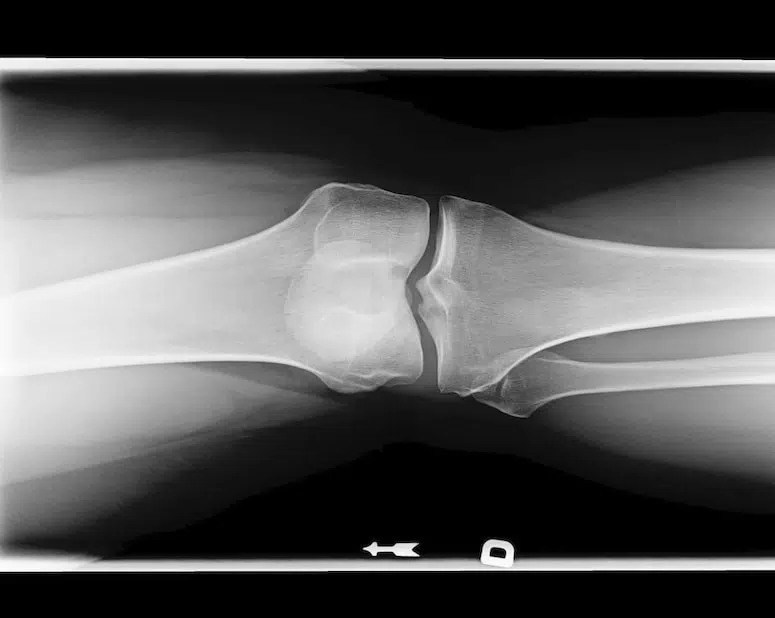
Meniscus Tear
Clicking, popping and stiffness of the knee while running may also indicate a meniscus tear, another common knee problem affecting runners. Knees contain cushiony discs located at the inner and outer edge of the knee. These discs (menisci) stabilize the knee and assist in balancing the weight of your body over the knees. Signs of a meniscus tear include pain, popping sounds and stiffness. If only one or two small tears affect discs, pain and swelling generally recedes in two weeks with proper rest. However, if you hear numerous popping noises and pain is intense, make an appointment with a Torrance knee pain doctor at Rolling Hills Medical for treatment as soon as possible.
Patellar Tendonitis
The patellar tendon attaches the shinbone to the kneecap. If the patellar tendon is overused or stressed excessively by frequent and forceful running or jumping, the tendon could suffer numerous tiny tears that cause pain, swelling and stiffness. In some cases, patellar tendonitis may resolve within a few weeks using conservative treatments like ice, rest and taking ibuprofen. Resuming your running schedule before patellar tendonitis is fully healed can produce larger patellar tendon tears and increased pain.
Always seek treatment for chronic or recurring knee pain. Receiving a professional diagnosis and treatment designed specifically for different types of knee injuries is essential to ensuring your knee heals properly. Schedule an appointment with a Torrance knee pain doctor at Rolling Hills Medical today by calling (424) 267-2491 to schedule an appointment. We have an experienced treatment team that can help you and your family with your knee pain.
